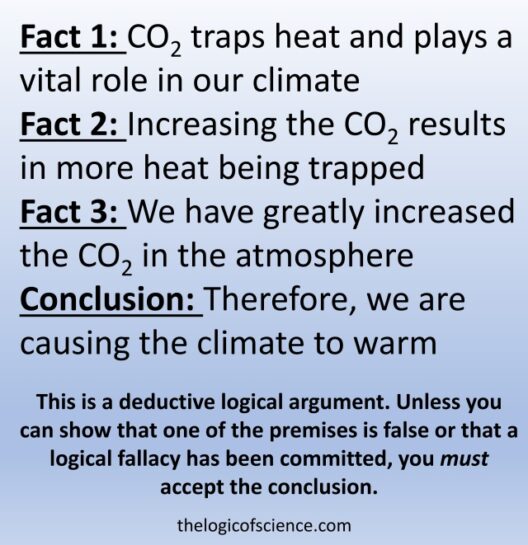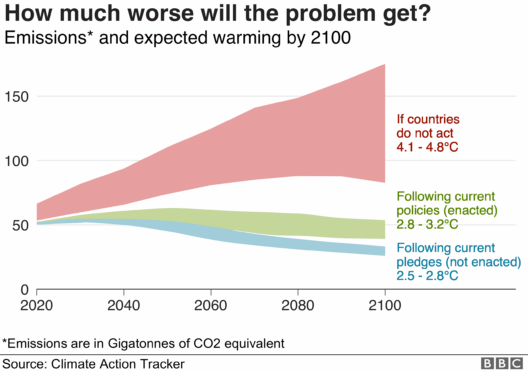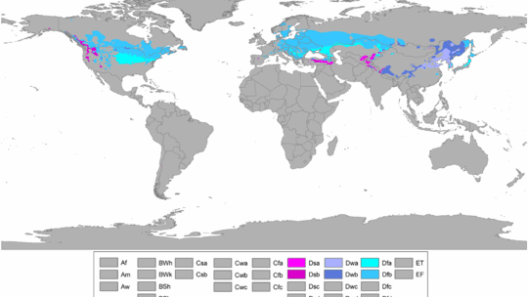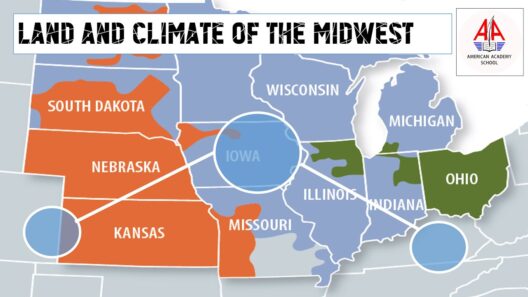In an era overshadowed by environmental degradation, an intriguing notion emerges—climate by design. Just as an architect meticulously crafts a building, considerations of our planet’s climate demand a designer’s finesse. Initially, this concept may evoke images of eco-friendly products or sustainable architecture. However, delving deeper unveils a broader tapestry where individuals, communities, and organizations are actively reshaping the future of our planet.
The framework of climate by design is not merely an aesthetic endeavor but a fundamental shift in paradigm, recognizing the intricate interplay of human activities and their direct consequences on the environment. In this grand design, humanity steps into the role of both creator and custodian, embodying the ethos of stewardship that is crucial for a sustainable future.
At the heart of climate by design lies the concept of intentionality. It calls for a conscientious evaluation of how our choices impact the ecosystem. Every action, from the food we consume to the transportation we choose, acts as a brush stroke on the canvas of climate health. By integrating sustainable practices into daily life, individuals can become eco-artists, sculpting a more harmonious relationship with nature.
Consider the metaphor of the butterfly effect, where one small act can trigger monumental changes in distant realms. This is particularly relevant in the context of climate action. Simple decisions, such as opting for a plant-based diet or utilizing public transport, may seem insignificant in isolation, yet collectively they possess the potential to create a seismic shift in carbon emissions. Each choice resonates like ripples on water, cascading through ecosystems and human societies alike.
Transitioning to renewable energy sources epitomizes climate by design. Solar panels bloom on rooftops, transforming urban landscapes into sustainable power hubs. Wind turbines rise majestically, spinning tales of innovation and resilience. This shift signals not just a technical advancement but a cultural renaissance where society begins to respect and harmonize with the rhythm of nature. The horizon becomes a symbol of hope, where the sun not only illuminates the day but also fuels our collective progress towards sustainability.
Innovative initiatives further illustrate the power of design in combating climate change. Urban farming, for instance, transforms concrete jungles into vibrant green spaces, redefining food production. This grassroots effort reconnects people with their sustenance, offering a solution to the crises of food deserts and its related environmental impacts. In these lush oases, individuals cultivate not only crops but also a sense of community and responsibility towards the planet.
Additionally, the burgeoning concept of circular economies reflects the philosophy of climate by design. Much like a symbiotic ecosystem, this approach emphasizes harmony, where waste is not an end product but a resource awaiting reinvention. By reimagining consumption patterns and embracing the principles of recycling, upcycling, and sustainable manufacturing, people can orchestrate a new economic paradigm that prioritizes the health of the planet.
This evolution is not devoid of challenges. Adopting sustainable practices often comes with resistance, proficiently embodied in the metaphor of the proverbial bull in a china shop. Yet, as the urgency of climate change crescendos, the momentum for transformation becomes fervent. Education and awareness act as the clarion call for change-makers, arming them with the knowledge necessary to engage in this collective effort.
Furthermore, collaboration plays a crucial role in climate by design. Just as a composer orchestrates a symphony, various stakeholders—from governments to NGOs to individuals—must harmonize their efforts to address climate change effectively. The confluence of resources, expertise, and creativity can amplify the impact of initiatives, creating a resonant wave of progress that reverberates across borders.
Communities are at the forefront of this movement, demonstrating that grassroots activism can yield profound results. Local campaigns centered on tree planting, clean energy adoption, and conservation efforts illustrate a tangible embodiment of climate by design. These initiatives intertwine environmental enhancement with community well-being, proving that care for the planet can also catalyze social advancement.
Despite the daunting scale of environmental crises, hope resides in the passionate drive of individuals to revolutionize their relationship with the Earth. Emerging technologies, such as carbon capture and storage, present compelling avenues for mitigating climate change. These innovations exemplify human ingenuity, reflecting an unwavering commitment to engineering a future where ecological equilibrium reigns.
Moreover, art and culture are potent conduits for fostering awareness and driving change. Artists, through evocative expressions, can inspire collective consciousness regarding climate issues. Exhibitions, performances, and literature distill complex environmental narratives into resonant messages, engaging the public in conversations that transcend the confines of conventional discourse.
Ultimately, climate by design encapsulates a visionary approach—an awakening to our role as co-creators of the Earth’s narrative. Every individual has the potential to be a designer, crafting a future defined by resilience, regeneration, and reverence for the environment. As the tapestry of our planet’s future unfolds, each thread woven with intention propels us toward a harmonious coexistence with nature, ensuring that the legacy we leave behind is one of hope and sustainability.
As we traverse the uncertainties that lie ahead, let us not merely be passive observers. Instead, let us engage in the grand design of climate action, painting a promising portrait of our shared future—one that aligns seamlessly with the natural rhythms of the world we inhabit. The time is now to reimagine and reshape our planet’s fate through the art of design.







